With high population density and urbanization rate, Ho Chi Minh City is facing unwanted impacts from air pollution.
On the morning of February 14, the reporter stopped his car to wait for the green light at the intersection of Ho Van Hue - Hoang Van Thu (Phu Nhuan District, Ho Chi Minh City). According to observations, after the recent rains, the weather is favorable for the mood of traffic participants but not necessarily for their health.
Opaque white
Amidst the rumble of car engines, many people in head-to-toe sun protection clothing occasionally raised their hands to cover their mouths as if by reflex, even though they were actually wearing masks and sunglasses.
Ms. Thu, from Go Vap District, after nearly 10 hours of coughing, started complaining about respiratory discomfort. The woman said that recently her body had symptoms of weak lungs, and when the temperature was low or the air was not fresh, the cough came.
"Today is better. On days when the sky is completely white due to fine dust, I worry about my health the most," said Thu, adding that not only herself but also many of her colleagues and friends are the same.
The expressions from passersby as well as Ms. Thu's worries are not strange. Because, according to the Southern Hydrometeorological Station, on February 14 in Ho Chi Minh City, the UV index (ultraviolet rays) in all districts and counties reached high to very high levels (from level 6-9). In addition, data from the AirVisual application - an American air quality monitoring application platform - shows that the level of fine dust (PM2.5) in Ho Chi Minh City often exceeds the safe threshold for health. From there, the Southern Hydrometeorological Station recommends that people proactively apply body protection measures, wear sun-protective clothing and limit direct exposure to sunlight...
Through monitoring information from this unit for many days, reporters noticed that the two UV indexes and fine dust were continuously mentioned with worrying thresholds.
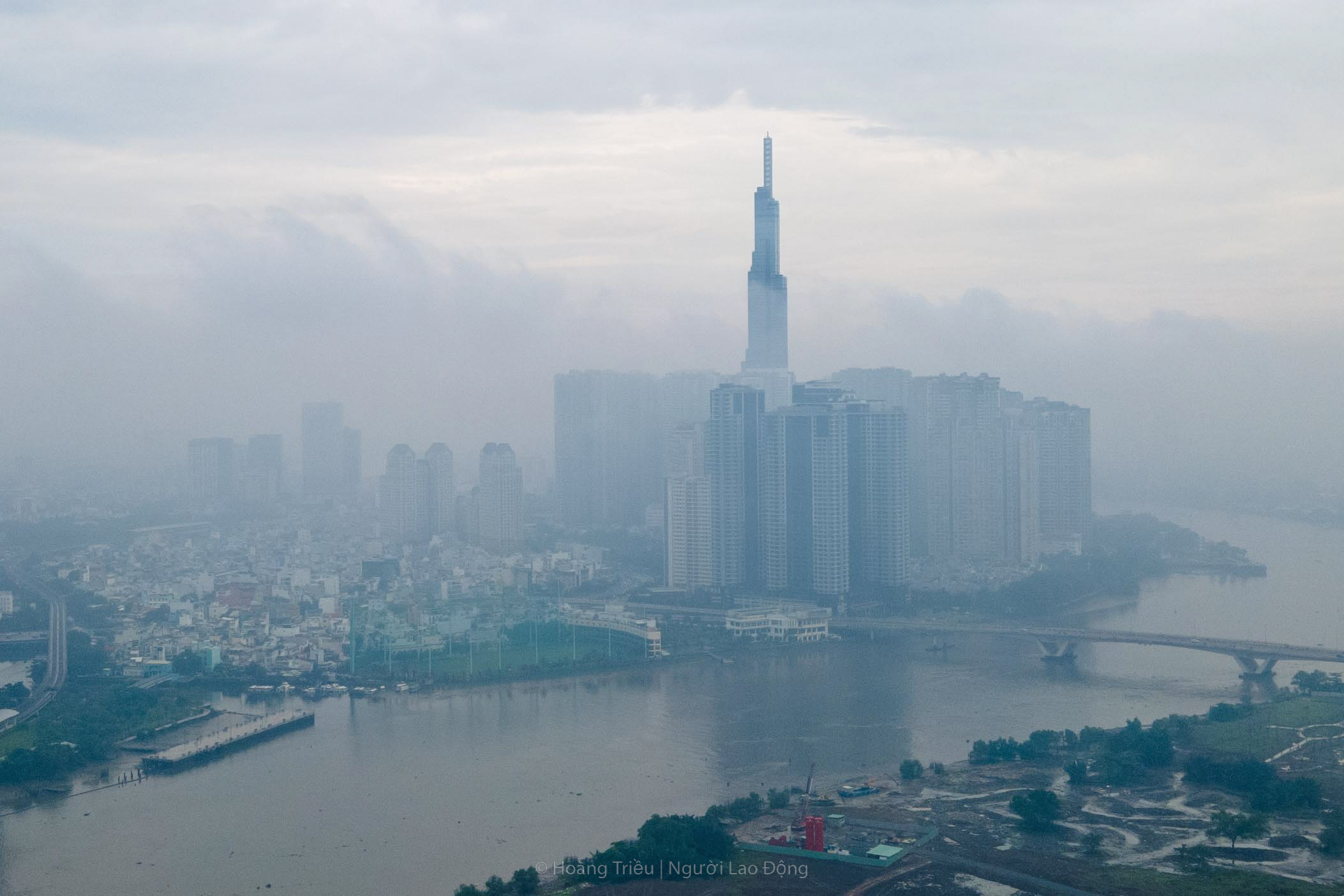
Images of fog, milky skies in Ho Chi Minh City raise concerns about air quality
Very worrying
According to research, in the last months of 2024 and early 2025, foggy weather due to high humidity will appear frequently in most provinces and cities in the South, including Ho Chi Minh City.
Mr. Le Dinh Quyet, Head of the Forecasting Department of the Southern Hydrometeorological Station, said that the phenomenon of fog or fine dust in Ho Chi Minh City often lasts longer than other places because of many high-rise buildings and increased traffic. At the same time, construction and home repair activities release large amounts of dust into the air. The dry fog combined with pollutants accumulated in the lower air layers limits air circulation, leading to the formation of fog and fine dust.
Professor Dr. Le Huy Ba, former Director of the Institute of Science, Technology and Environmental Management (Ho Chi Minh City University of Industry), assessed that the fine dust situation in Ho Chi Minh City is becoming a serious problem, directly affecting the living environment and people's health. With rapid urbanization, high traffic density and declining air quality, fine dust pollution has exceeded the permissible threshold and needs urgent treatment.
The consequences of traffic development, large-scale construction, and high emissions from motorbikes and cars require more efficient green energy solutions. However, natural green areas are decreasing in both area and quality. Public parks and outdoor spaces are increasingly scarce, and the density of trees per capita is low… making pollution worse.
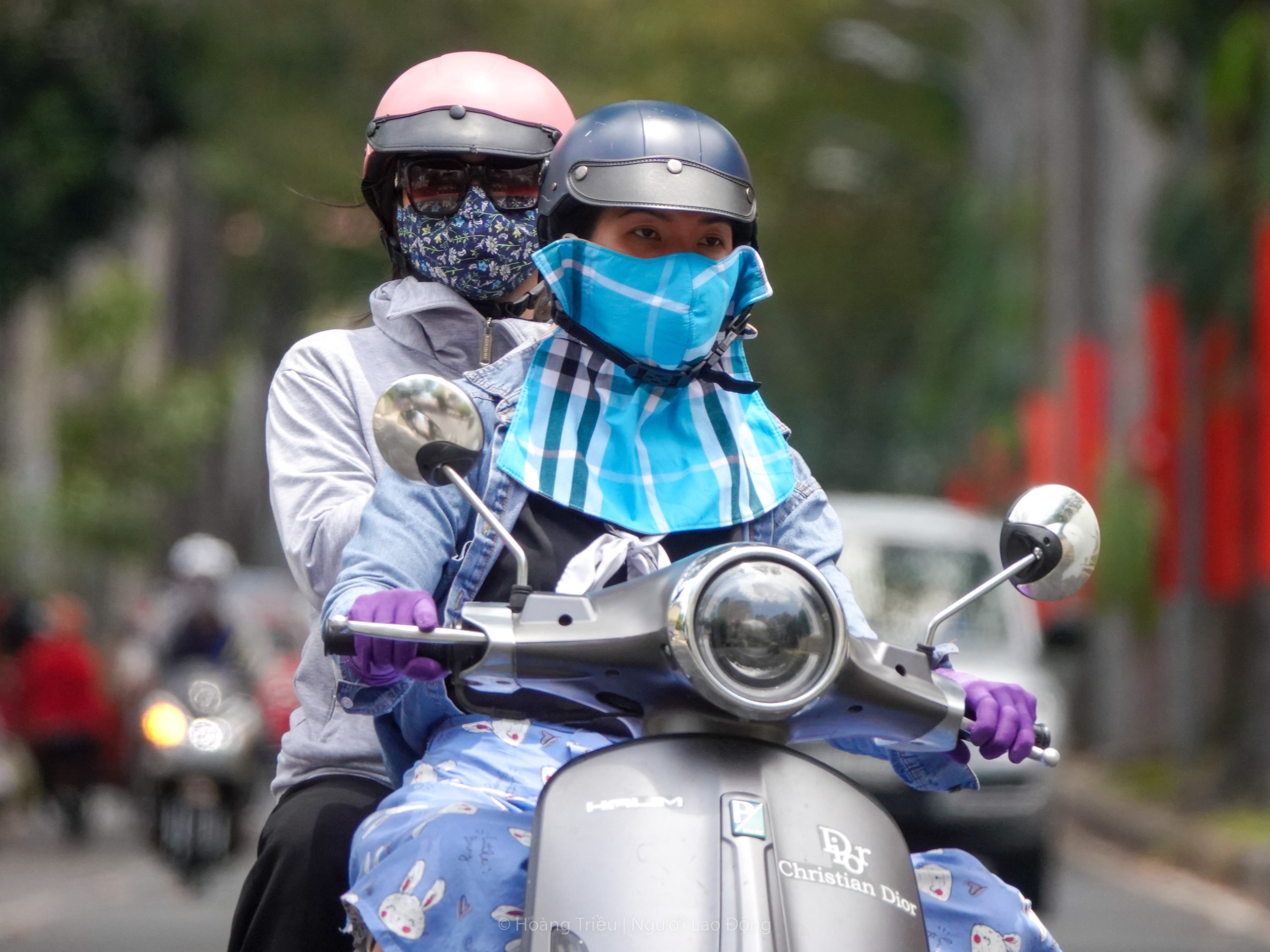
Protective clothing has long been popular. Photo: HOANG TRIEU
Solution
Professor Le Huy Ba emphasized the need for sustainable solutions such as re-planning urban green areas, increasing the area and quality of trees, building more parks with open spaces and lakes to improve the air... This expert also noted the need to choose plants that are suitable for climate regulation and dust filtration.
"These measures both improve the quality of life and contribute to improving the pollution problem in Ho Chi Minh City" - Professor, Dr. Le Huy Ba affirmed.
Regarding health, Associate Professor, Doctor, Doctor Tran Van Ngoc - Chairman of Ho Chi Minh City Respiratory Association, Head of Respiratory Department of Cho Ray Hospital - said that fine dust when entering the body can cause many negative impacts on the respiratory system and many other organs. Specifically, it can aggravate asthma, affect the cardiovascular system, increase the risk of stroke and brain damage. In particular, fine dust also contains substances that can cause cancer.
Associate Professor, Doctor, Doctor Tran Van Ngoc recommends that people avoid contact with sources of pollution such as heavy traffic, construction sites or areas where firewood and coal are used for cooking.
The numbers speak for themselves.
The latest statistics from the Department of Natural Resources and Environment of Ho Chi Minh City show that in the first 6 months of 2024, the average concentration of PM2.5 in most places in the area increased by 1.14 - 1.61 times compared to the same period in 2023.
Meanwhile, a report by the World Air Quality Measurement Organization AirVisual said that in 2023, Vietnam ranked 22nd out of 134 countries with the highest pollution levels globally. Particularly in Ho Chi Minh City, from the end of 2024 until now, the air quality is unhealthy, continuing to exceed the permissible level many times.
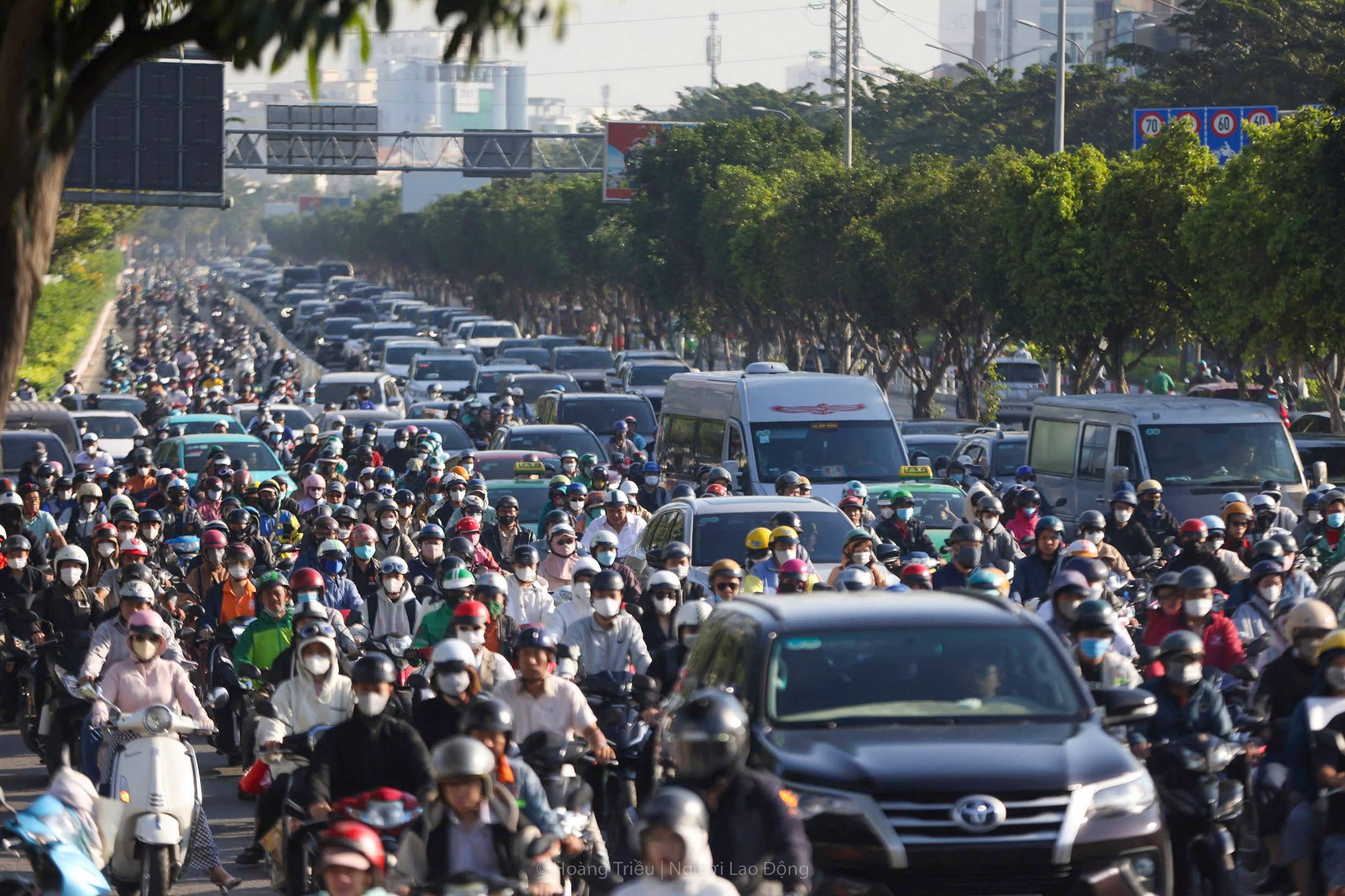
Faced with high emissions and numerous construction projects, solutions also need to be proportionate.
Source: https://nld.com.vn/gap-rut-cai-thien-chat-luong-khong-khi-196250214205012574.htm







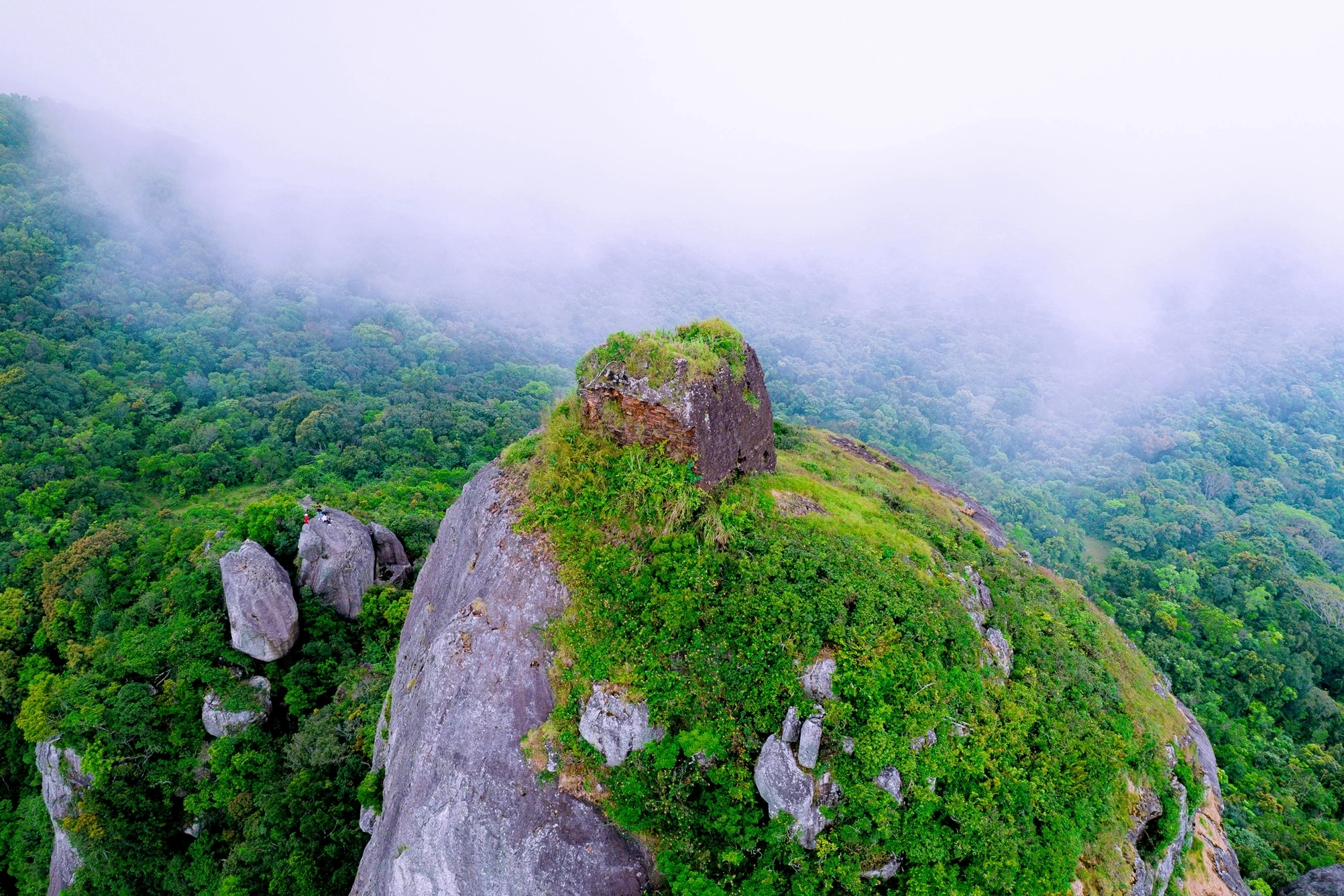




















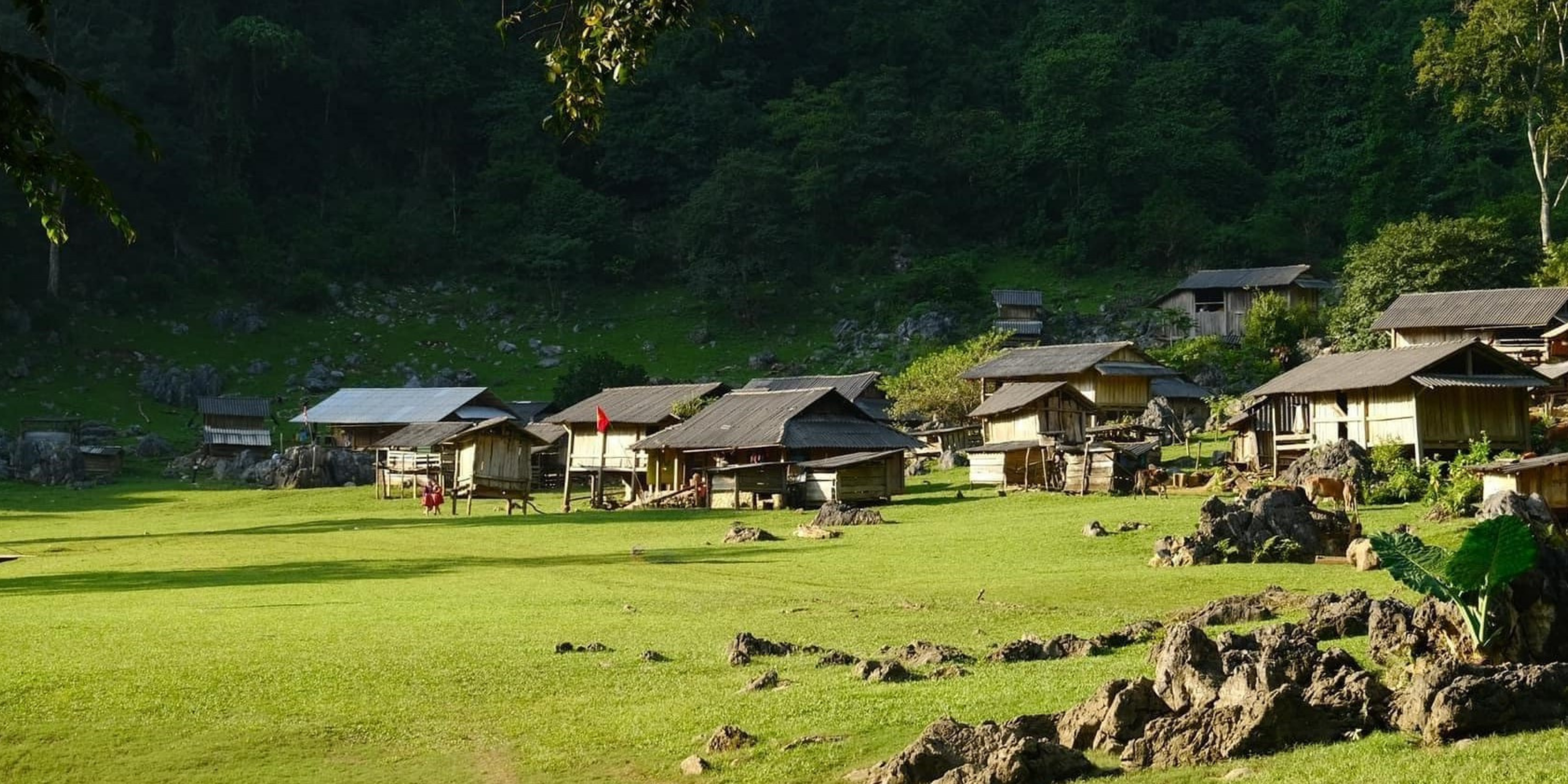
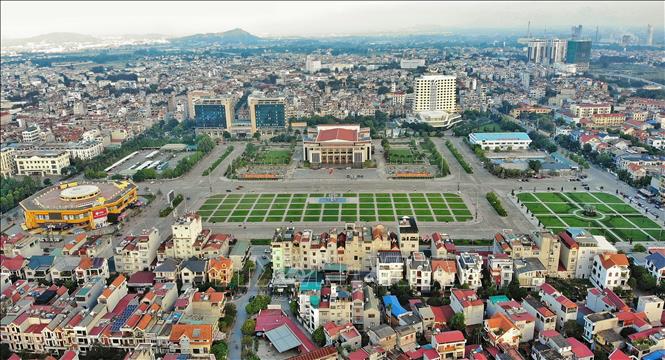
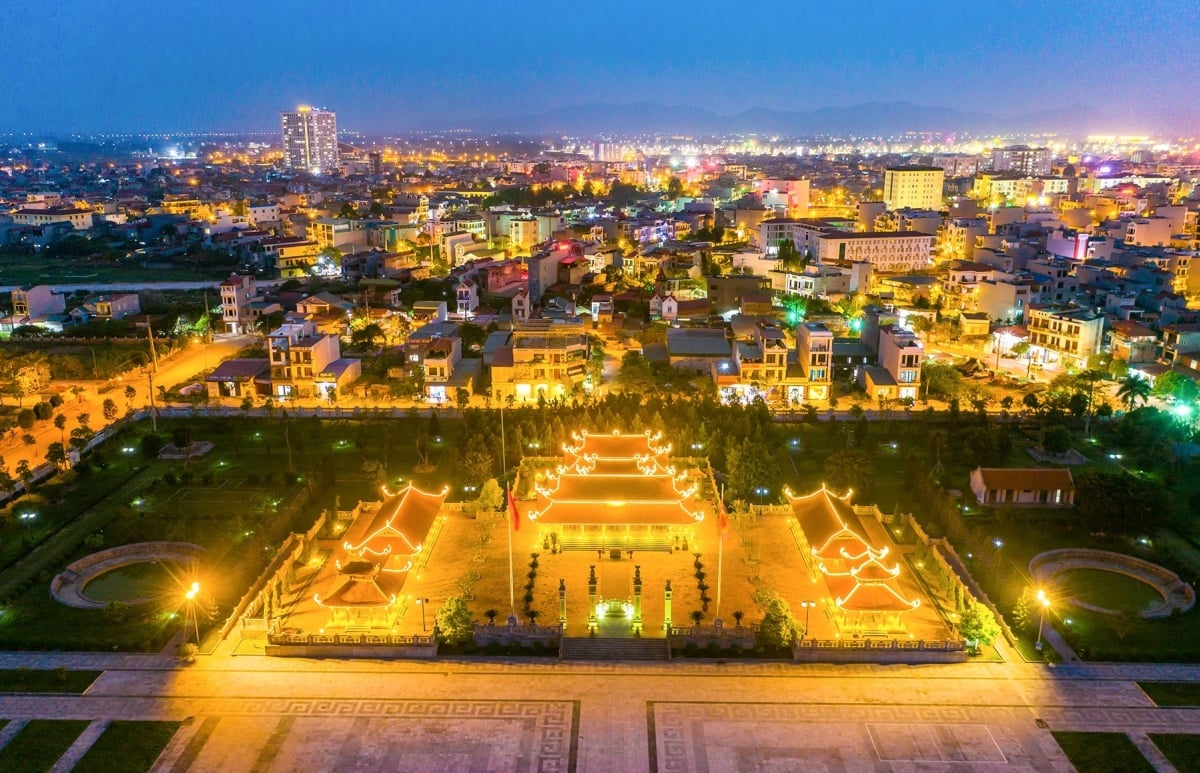
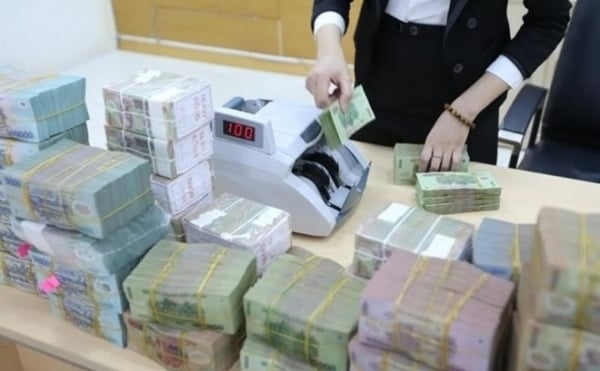


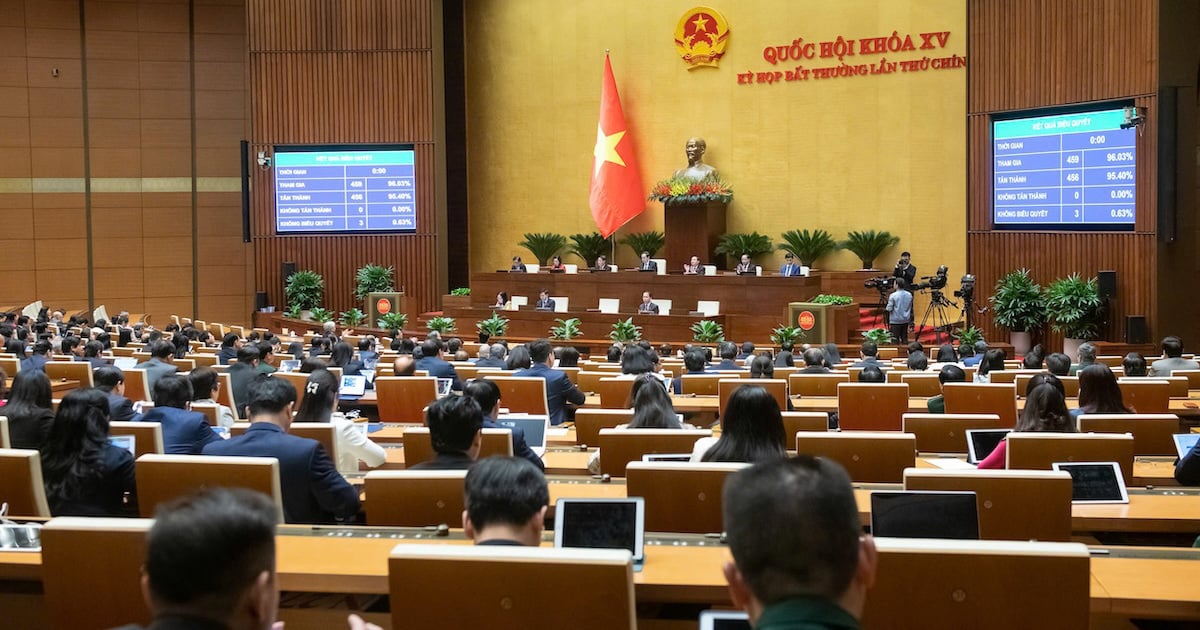

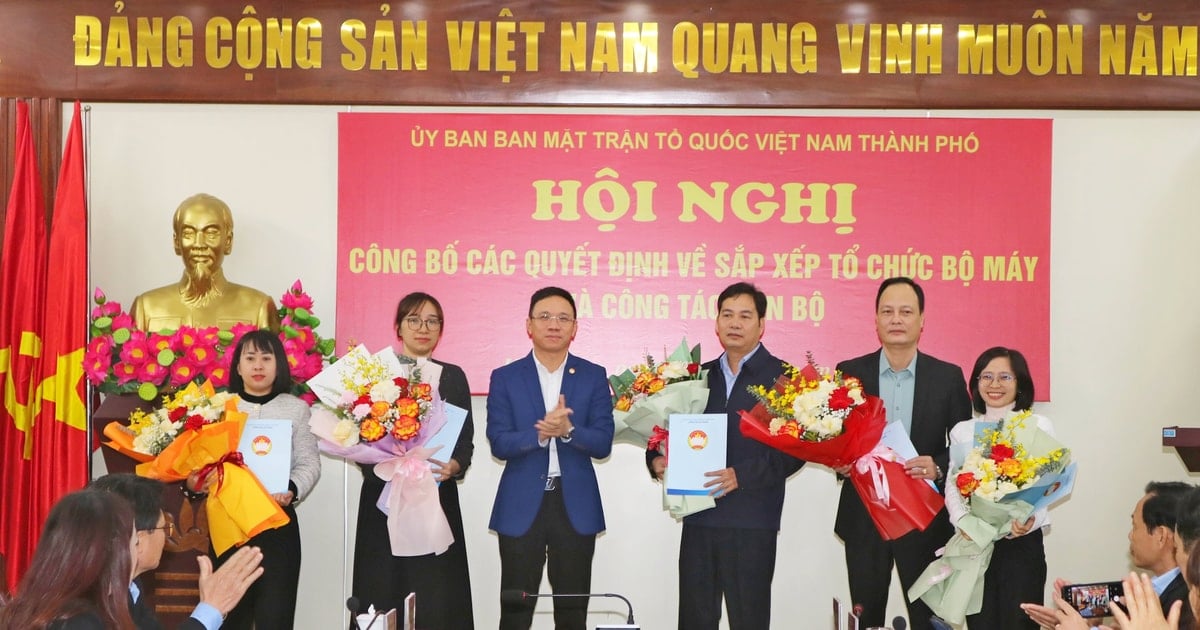



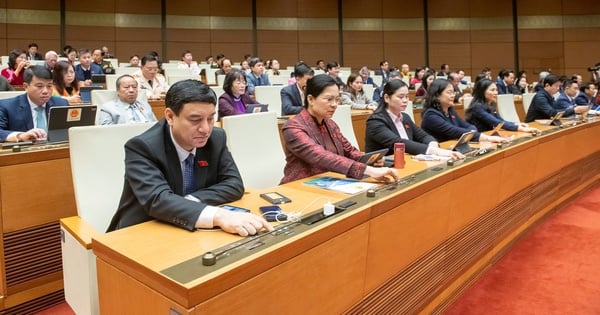



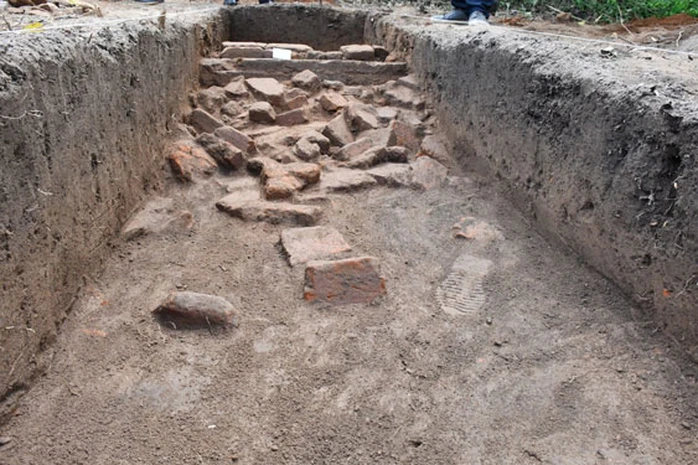

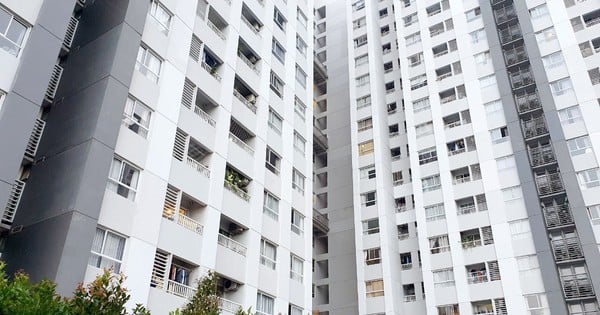

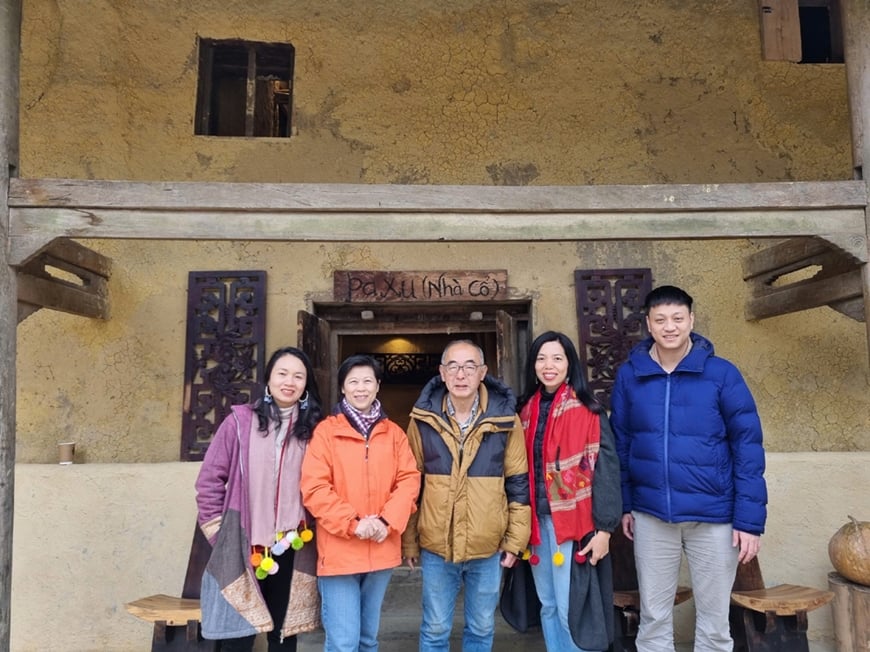











Comment (0)